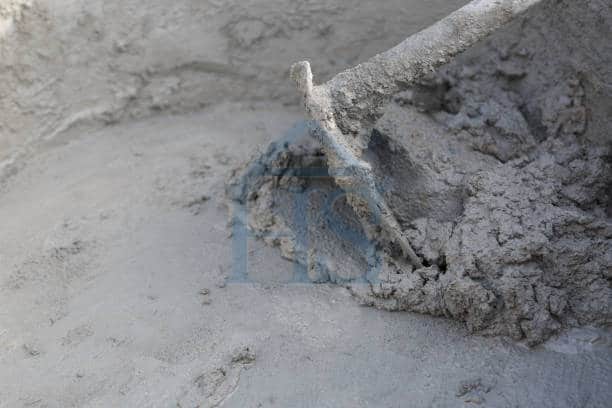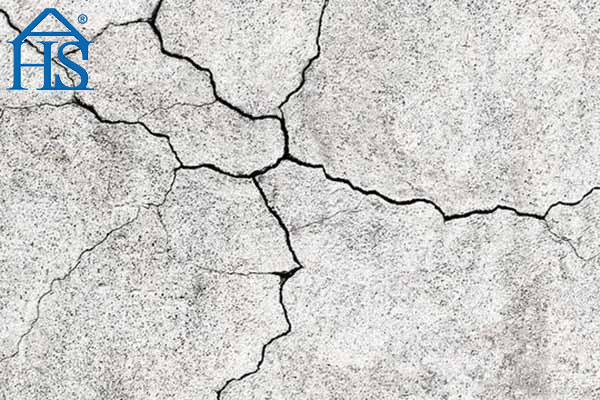Concrete is an essential material in modern construction, widely used for building foundations, walls, floors, 桥梁, and many other structures. To meet the requirements of different applications, concrete can be customized with various additives, including chemical admixtures. Chemical admixtures are substances added to concrete mixtures to improve its properties, such as strength, 耐用性, 工作性, and setting time.
Types of Chemical Admixtures
There are six main types of chemical admixtures for concrete, each with its unique function and application.
- Air-entraining Admixtures
Air-entraining admixtures are added to concrete to increase its resistance to freeze-thaw cycles. These admixtures create microscopic air bubbles in the concrete mixture, which act as pressure relief valves when water freezes and expands inside the concrete. Air-entraining admixtures also improve the workability of the concrete mix and reduce bleeding and segregation. - Water-reducing Admixtures
Water-reducing admixtures, also known as plasticizers, are added to concrete to reduce the amount of water required for a specific consistency. By reducing the water content, the concrete mix becomes denser, 更强, and more durable. Water-reducing admixtures also improve workability, decrease setting time, and reduce permeability. - Retarding Admixtures
Retarding admixtures, also called set-delaying admixtures, are added to concrete to slow down its setting time. These admixtures are useful in hot weather conditions or when long transportation time is needed. Retarding admixtures also improve workability and reduce cracking and shrinkage. - 速凝外加剂
Accelerating admixtures, 顾名思义, speed up the setting time of concrete. These admixtures are beneficial in cold weather conditions or when a fast construction schedule is required. Accelerating admixtures can also improve early strength development, reduce permeability, and enhance the bond between concrete and reinforcement steel. - Superplasticizing Admixtures
Superplasticizing admixtures, also called high-range water reducers, are added to concrete to increase its workability without adding water. These admixtures reduce the water-cement ratio, which leads to a higher strength and durability of concrete. Superplasticizing admixtures are used in 高性能混凝土, 自我压缩混凝土, and concrete with congested reinforcement. - Set-controlling Admixtures
Set-controlling admixtures are added to concrete to control its setting time and hardening rate. These admixtures can delay or accelerate the setting time of concrete, depending on their dosage and application. Set-controlling admixtures are useful in large-scale construction projects, where consistency and quality control are critical.
Benefits of Using Chemical Admixtures
Chemical admixtures offer several benefits to concrete, making it more versatile and durable for different construction applications.
- 改进的可加工性
One of the primary benefits of using chemical admixtures in concrete is improving its workability. Different types of admixtures can enhance the consistency, flowability, and pumpability of concrete, making it easier to place, compact, and finish. This can save time and labor costs while improving the quality and aesthetics of the concrete surface. - 增强耐用性
Chemical admixtures can significantly enhance the durability of concrete by reducing its permeability, 收缩, and cracking tendency. 例如, air-entraining admixtures create microscopic air bubbles in concrete, which improve its freeze-thaw resistance and reduce spalling and scaling. Water-reducing admixtures can reduce the water-cement ratio, which leads to denser and more impermeable concrete with fewer cracks and voids. - 增加力量
Chemical admixtures can also improve the strength and stiffness of concrete, which is crucial for structural applications. By reducing the water content and increasing the cement content, admixtures can improve the compressive, 拉伸, and flexural strength of concrete. Superplasticizing admixtures can also increase the flowability of high-performance concrete, leading to higher ultimate strength and reduced segregation. - 降低渗透率
Another benefit of chemical admixtures is reducing the permeability of concrete, which is essential for durability and corrosion resistance. By reducing the water-cement ratio and increasing the density of concrete, admixtures can reduce the ingress of water, 化学品, and gases, leading to a longer service life of concrete structures. - Lowered Shrinkage
Shrinkage is a common problem in concrete, leading to cracking, curling, and warping. Chemical admixtures can reduce the shrinkage of concrete by controlling its setting time, hydration, 干燥. Retarding admixtures can delay the setting time, giving more time for the water to react with the cement, leading to less shrinkage. Superplasticizing admixtures can also reduce the water content, leading to less drying shrinkage.
Factors to Consider When Using Chemical Admixtures
While chemical admixtures offer many benefits to concrete, it is essential to use them properly and consider several factors to achieve the desired results. Here are some factors to consider when using chemical admixtures in concrete:
- Compatibility
Not all chemical admixtures are compatible with all types of cement, 聚集体, 和其他添加剂. It is crucial to test the compatibility of admixtures with the concrete mix components and ensure that they do not cause any adverse reactions, such as excessive retardation, acceleration, or air voids. - 剂量
The amount of chemical admixture added to the concrete mix should be carefully controlled to achieve the desired properties without compromising the workability or consistency. Overdosing or underdosing admixtures can lead to various problems, such as segregation, bleeding, or insufficient strength development. - Temperature and Humidity
The temperature and humidity conditions during and after concrete placement can significantly affect the performance of chemical admixtures. High temperatures can accelerate the setting time, while low temperatures can delay it. Excessive humidity can cause excessive bleeding and segregation, while low humidity can lead to shrinkage and cracking. - Curing Conditions
Proper curing is essential to achieving the desired strength, 耐用性, and appearance of concrete. Chemical admixtures can affect the curing time and conditions, depending on their function and dosage. It is essential to follow the manufacturer’s instructions and best practices for curing concrete with chemical admixtures.





